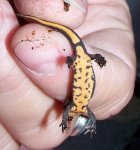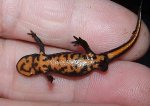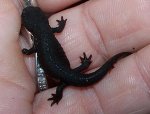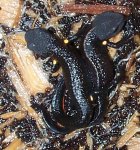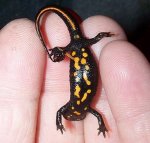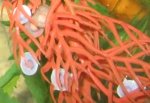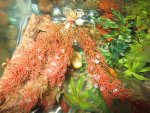- Joined
- Dec 13, 2006
- Messages
- 6,618
- Reaction score
- 102
- Points
- 63
- Location
- Wappingers Falls, NY
- Country
- United States
Re: Raising Juvenile C.orientalis-Caresheet
Here's a pic of one of the "co" larvae from the top.
Well, if it's a paramesotriton, then yay! They bred for me. I wonder what happened to my co babies. I wonder how I got the tanks mixed up. I wonder if the rest of the larvae are one or both or mixed. I guess time will tell!
Boy, I have to get less careless with my methods.
Here's a pic of one of the "co" larvae from the top.
Well, if it's a paramesotriton, then yay! They bred for me. I wonder what happened to my co babies. I wonder how I got the tanks mixed up. I wonder if the rest of the larvae are one or both or mixed. I guess time will tell!
Boy, I have to get less careless with my methods.


